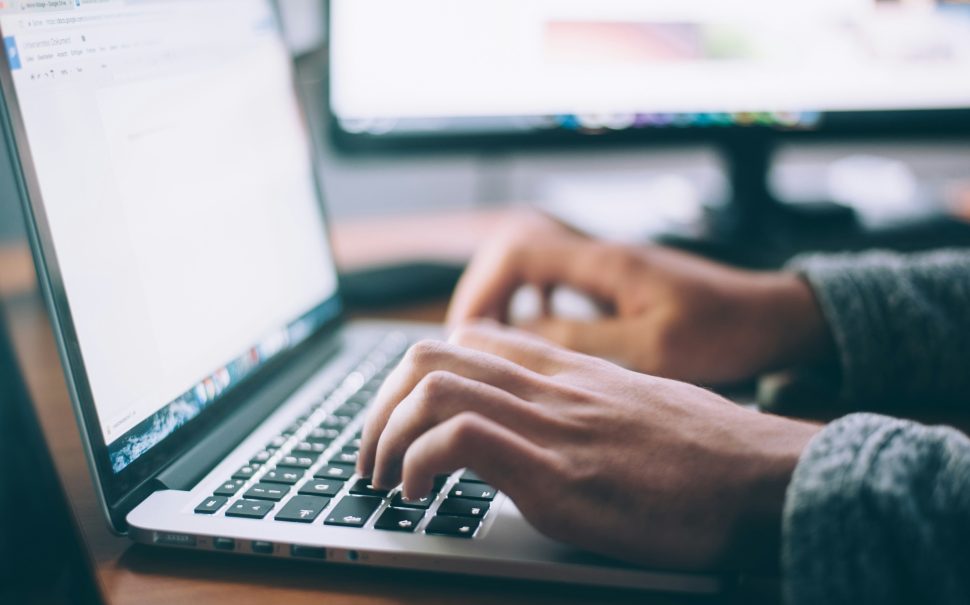With the explosion in the e-commerce market in recent years, most consumers will have found themselves spending money online.
Indeed, with regular online payments for items like grocery deliveries, streaming subscriptions, and even medical prescriptions people have a large amount of exposure online, and safety concerns can quickly become an issue.
Finding a way to safely spend money online can be difficult with unscrupulous people and cybercriminals looking for any weaknesses to steal personal details and use them to an astonishing array of nefarious ends.
Below, we’ll cover the importance of things like payment methods, authentication, and being prudent about divulging your personal details with the aim of improving your online security when making transactions.
1. Choosing the Right Payment Method
Using the right payment method is important as some payment methods are more secure than others.
The following are payment methods are recommended:
- Bank transfers
- E-wallets
- Prepaid Cards and Vouchers
Bank transfer is widely accepted at heaps of different platforms such as online casinos, sportsbooks, and e-commerce stores.
It is also incredibly safe as the banks have extra security measures in place. E-wallets like PayPal, and payment solutions like Paysafe are also highly-secure alternatives.
2. Never Giving Out Your Personal Details
You’d think this would be a given, especially in today’s fast-paced world, but it’s surprising the amount of people are still blasé with personal information. Y
ou should only ever use your personal details when logging into an account or making a payment.
Don’t send them via email, and especially refrain from posting details like your telephone number, email address, and home address online.
This type of information is very easy to collect and store.
3. Use 2FA for All Online Payments
Ideally, your payment provider such as your online bank or e-wallet should offer the provision for 2FA, two-factor authentication.
This is an amazing security measure that makes sure only you can process payments online and access your account.
The premise is simple – the payment provider generates a unique code (usually 6 digits) using an advanced hash algorithm.
You then use your 2FA method (card reader, SMS message, or email verification), to generate that same code using the same hash algorithm.
You enter the code onto the payment screen to verify the transaction.
This takes a little extra time, but it’s THE best security measure you can take for online payments.
4. Regularly Check Your Transactions
Don’t rely on your bank provider to spot fraudulent activities or incorrect payments.
Banks have improved their anti-fraud measures fantastically in recent years, but it’s still a good idea to do your own checks.
All you’ll need to do is log in to your online banking app – or website – load your account and look through the list of most recent payments both inbound and out.
You should – hopefully – be able to recognize them! I do this regularly as I update my personal budget – usually about once per week.
It only takes a few minutes and is an effective way to make sure there are no strange payments coming out of your online accounts.
5. Double-check the Trustworthiness of the Provider
Phishing scams are becoming more and more common.
While sites like Google may do a decent job of spotting them early, they still pop up and catch the uninformed off guard.
A phishing scam is where a website poses as an official site or source. It aims to con you to divulge your payment details or send money.
These scams can sometimes be difficult to spot as the sites put great effort into looking exactly the same as their official counterparts.
To avoid this, be prudent and only click on links from trusted sites like Google.
You can also install anti-phishing features on your web browser.
6. Check for Security Features like SSL and HTTPS
We often take it for granted that our favourite entertainment, tech, and e-commerce sites have impeccable security, but I want you to be proactive and check for common security features.
One of the simplest things you can do before making any transactions is to check for a HTTPs connection as this is the minimum security I would expect a site to have. Just look at the website address in your browser – it should start with https://.
If you have an anti-virus installed, it should also notify you if the site you are trying to purchase through has a valid SSL certificate.
If it doesn’t, it’s best to go elsewhere as this is a big security flaw.
Keep Your Money Safe With These Online Spending Safety Tips
It is essential to take your online activities seriously – especially online payments. Although payment systems are incredibly secure today and e-commerce stores offer plenty of safeguards, you must be proactive too.
Don’t leave anything to chance, but instead, take your security into your own hands and practice the simple tips listed above.
Featured image: Glenn Carstens-Peters on Unsplash




